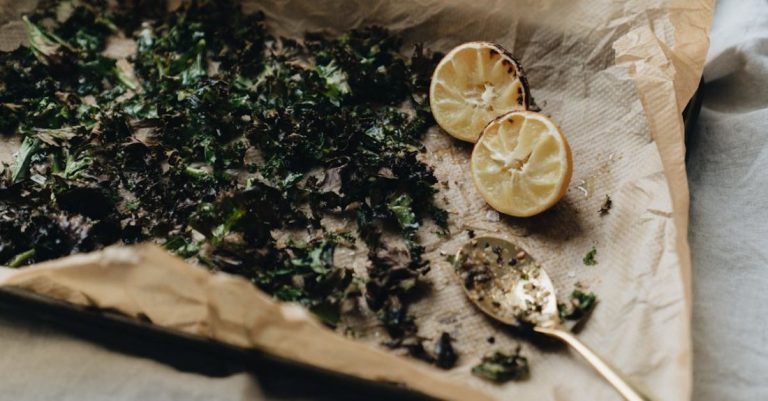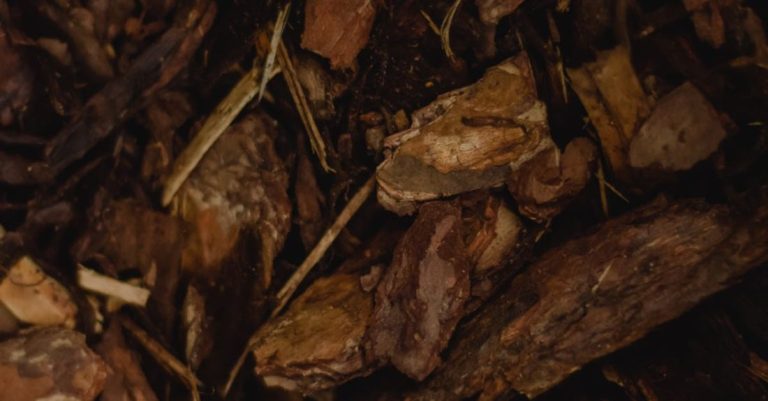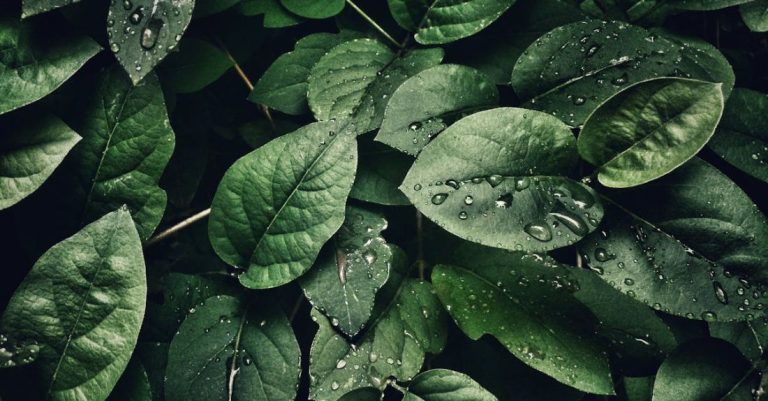
Dealing with Overwatered Plants
Overwatering is a common mistake that many plant enthusiasts make, often with the best intentions of keeping their green friends healthy and thriving. However, too much water can do more harm than good, leading to root rot, yellowing leaves, and ultimately, the demise of your beloved plants. If you’ve found yourself in a situation where you’ve overwatered your plants, fret not. There are ways to help them recover and get back on the path to optimal health.
Signs of Overwatering
Before diving into how to remedy overwatered plants, it’s crucial to identify the signs of overwatering. Yellowing or browning leaves, mushy stems, and a musty odor are all indicators that your plant may be drowning in too much water. Additionally, if the soil feels constantly damp or waterlogged, it’s a clear sign that you’ve been overzealous with your watering routine.
Assess the Damage
Once you’ve recognized that your plant is suffering from overwatering, the next step is to assess the extent of the damage. Gently remove the plant from its pot and inspect the roots. Healthy roots are firm and white, while roots affected by overwatering will be mushy, brown, or even black. Trim away any rotting roots to prevent further damage and promote new growth.
Repot with Fresh Soil
After trimming the affected roots, it’s time to repot your plant in fresh, well-draining soil. Choose a pot with drainage holes to prevent water from accumulating at the bottom, and ensure that the new pot is only slightly larger than the previous one to avoid overwatering in the future. Mix in some perlite or sand with the potting soil to improve drainage and aeration for the roots.
Adjust Your Watering Routine
To prevent overwatering in the future, it’s essential to adjust your watering routine. Allow the soil to dry out partially between waterings to prevent waterlogged conditions. Stick your finger into the soil about an inch deep – if it feels dry, it’s time to water your plant. Different plants have varying water requirements, so it’s crucial to research and understand the specific needs of each plant in your care.
Provide Adequate Light and Air Circulation
Proper lighting and air circulation are essential for the recovery of overwatered plants. Place your plant in a location with bright, indirect light to promote photosynthesis and encourage growth. Avoid placing it in direct sunlight, as this can further stress the plant. Additionally, ensure that there is adequate airflow around the plant to prevent the growth of mold or mildew on damp soil.
Monitor and Adjust
Recovering from overwatering is a process that requires patience and diligence. Monitor your plant regularly for any signs of improvement or decline. Adjust your care routine as needed based on the plant’s response. Remember that every plant is unique, and what works for one may not work for another. Be observant and attentive to your plant’s needs to ensure its survival and recovery.
Celebrate Small Victories
As your plant begins to show signs of recovery – new growth, vibrant leaves, and a healthier appearance – celebrate these small victories. It’s a testament to your dedication and care that your plant is bouncing back from the brink of overwatering. Continue to provide the necessary attention and maintenance to keep your plant flourishing for years to come.
In Conclusion
Dealing with overwatered plants can be a challenging but rewarding experience. By identifying the signs of overwatering, taking prompt action to remedy the situation, and adjusting your care routine, you can help your plants recover and thrive once again. Remember to be patient, observant, and proactive in your approach to plant care. With the right strategies and a little TLC, your overwatered plants will thank you with their resilience and beauty.





